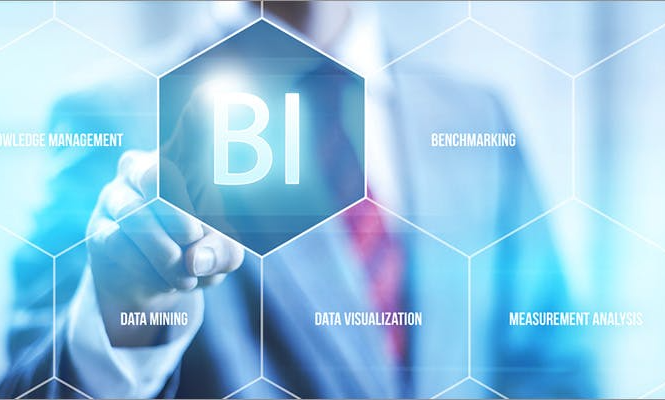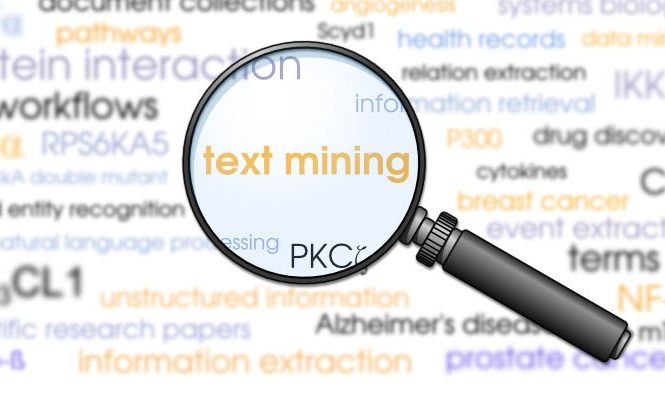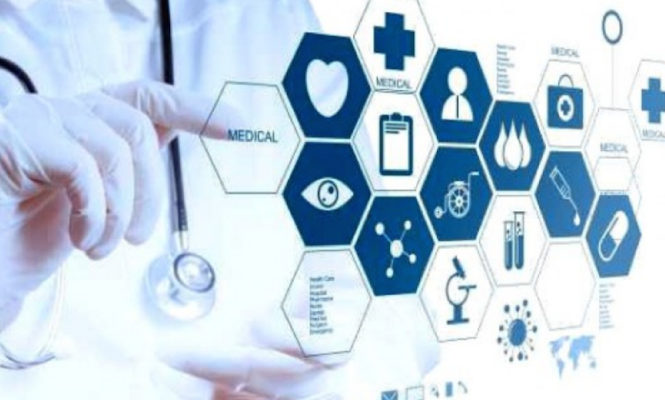What if you’re assigned to a new project that involved analysing large data (e.g. transaction database, market or patient data) for your organization. What you should start first? Well, there are many standard process you can begin with but there is one in specific developed for industry called The CRISP-DM project. Starting from the embryonic knowledge discovery processes used in early data mining projects and responding directly to user requirements, this project defined and validated a data mining process that is applicable in diverse industry sectors. This methodology makes large data mining projects faster, cheaper, more reliable and more manageable. Good luck with your project then.
How Data Mining is Useful to Companies?
January 27th, 2010
Every business, organization and government bodies are collecting large amount of data for research and development. Such huge database can make them to have the information on hand when required. But most important is that it takes much time to find important information from the data. “If you want to grow rapidly, you must take quick and accurate decisions to grab timely available opportunities.”
By applying the process of data mining, you can easily extract and filter required information from data. It is a processing of refining data and extracting important information. This process is mainly divided into 3 sections; pre-processing, mining and validation. In pre-processing, large amount of relevant data are collected. The mining section includes data classification, clustering, error correction and linking information. The last but important is validate without which you can not make trust on information. In short, data mining is a process of converting data into authentic information.
Let’s have look on how data mining is useful to companies.
Fast and Feasible Decisions: To search information from huge bundle of data require more time. It also irritates a person who is doing such. With annoyed mind one can not take accurate decisions that’s for sure. By having help of data mining, one can easily get information and make fast decisions. It also helps to compare information with various factors so the decisions become more reliable. Data mining is helpful in every decision to make it quick and feasible.
Powerful Strategies: After data mining, information becomes precise and easy to understand. While making strategies, one can easily analyze information in various dimensions. This analysis helps to get real idea about the strategy implementation. Management bodies can implement powerful strategies effectively to expand business boundaries.
Competitive Advantage: Information is easily available and precise so that one can compare it with competitors’ information. It is very much required that you must compare the data otherwise you will have to suffer in business. After doing competitive analysis, one can make corrective decisions to go ahead from competitors. This way company can gain competitive advantage.
Your business can get all the benefits of data mining at cutting rates through outsourcing.
Data mining tasks
There are four major tasks in Data Mining:
Classification
Clustering
Association Rule Discovery
Sequential Pattern Discovery
Classification
In this task, data will be defined in terms of attributes, one of which is the class. It will find a model for class attribute as a function of the values of other (predictor) attributes, such that previously unseen records can be assigned a class as accurately as possible.
Medical Data Mining
Data mining and knowledge discovery is the process of finding patterns, trends and regularities by sifting through large amounts of data [1]. Using data stored in databases, data mining involves the creation of prediction (or classification) models, segmentation (or clustering) records based on similarity of attributes and discovery of association rules (or patterns). Nowadays, medical (or clinical) databases have accumulated large amounts of data on patients and their medical conditions. This kind of information, stored along with that of other patients, make up an ideal place to look for new analysis and patterns, or to validate proposed hypotheses. To exploit such large volumes of medical data, numerous inductive data analysis techniques derived from Machine Learning (ML) study have been successfully applied to medical data to discover useful and new knowledge [2, 3, 4]. However, medical data mining is considered by many ML communities as the most complex and problematic domain yet to be overcome [5, 6].
The range of applications of medical data mining is very wide, with the two most popular applications being diagnosis and prognosis. Diagnosis is the process of selectively gathering information concerning a patient, and interpreting it according to previous knowledge, as evidence for or against the presence or absence of disorders [7]. In a prognostic process, a patient’s information is also gathered and interpreted, but the objective is to predict the future development of the patient’s condition. Due to the predictive nature of this process, prognostic systems are frequently used as tools to plan medical treatments [8].
In the context of the data mining tasks, diagnosis and prognosis are to discover knowledge necessary to interpret the gathered information. In some cases this knowledge is expressed as probabilistic relationships between clinical features and the proposed diagnosis or prognosis. In other cases, the system is designed as a black-box decision maker that is totally unconcerned with the interpretation of its decisions. Finally, in yet other cases, a rule-based representation is chosen so as to provide the physician with an explanation of the decision. The latest is the most convenient way for physician to express their knowledge in medical diagnosis. In particular, if learned diagnostic rules can be presented in such a form, physicians are much more likely to trust and believe the consequent diagnoses. Thus, the major challenge presented by medicine is to develop technology to provide trusted hypotheses based on measures which can be relied upon in medical research and clinical hypothesis formulation [9].





